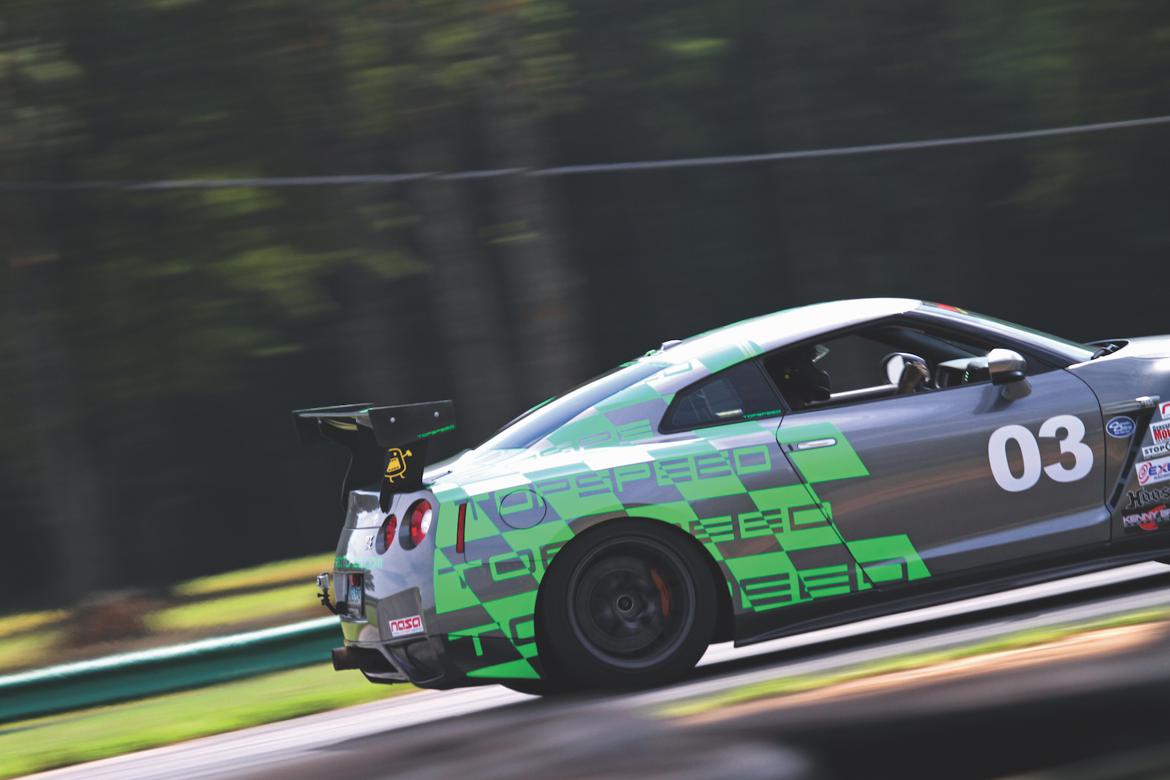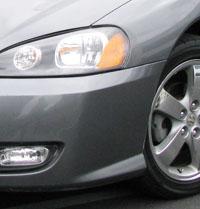Tires, springs, shock absorbers and anti-roll bars get a lot of attention, but what about those unassuming bushings–you know, the little blocks of rubber tasked with locating all those suspension components day in and day out? Perhaps it’s time to think about them.
Just about every mass-produced car has been delivered with rubber bushings. Rubber does a fine job of locating suspension pieces without transmitting too much noise, vibration and harshness. However, there’s one small problem with these rubber bushings: They don’t last forever. Over time, rubber can crack, split and deteriorate.
Plus, rubber isn’t the toughest material ever made. If you’re hurtling around the track, would you rather have your suspension parts located by tough, firm bushings or ones that are a bit squishy?
The aftermarket, as usual, has come to the rescue with replacement bushings formed from polyurethane, a stronger, moldable material.
When to Replace
“You should think about your bushings [as] a wear-and-tear part,” explains Michael Santa Cruz, director of marketing for urethane bushing maker Energy Suspension. If a handling issue, like poor control or accelerated tire wear, isn’t tied to the usual suspects–springs, tires, alignment and shock absorbers–then perhaps the bushings have sheared, worn out or simply given up the ghost. Basically, the suspension elements are moving in ways they aren’t supposed to because of a bad bushing.
First, do a visual inspection. Are the bushings still there and in one piece? Then do a dynamic test. “I kick the tire backward–seriously,” says Ground Control’s Jay Morris. If the tire moves, then perhaps the bushings are no longer doing their job.
While bushing replacement is usually associated with older, higher-mileage cars, that’s no longer always the case. Michael Santa Cruz explains that today’s heavy, high-horsepower cars can quickly shred the stock rubber bushings. The new Dodge Challenger, he notes, is on that list.
The technological aids found on a lot of these newer cars can help diagnose a bushings issue, too, he continues. Is the ABS or stability control kicking in sooner than expected? If so, perhaps a compromised bushing is allowing something to move outside its planned range.

Photograph Courtesy Energy Suspension
Too Tough for Street?
“The current perception of urethane bushings–at least here in the United States–is that they are hard to install, equate to harsh ride, produce embarrassing squeaks, are a PITA to regrease/maintain, and that the resulting suspension performance and NVH are equal parts tradeoffs,” says Tom Phan of bushing maker Whiteline USA.
However, he notes, modern manufacturing techniques and design can cure those issues. Features like pin-holing, tapered contact faces, scallop voiding and pocket knurling can provide the desired performance without harsh degradation of NVH levels.
Energy Suspension’s Michael Santa Cruz adds a little perspective: “What’s harsh to you is soft to me and vice versa. It’s like when you lower your vehicle: It looks better, handles better but doesn’t ride better.”
The GRM staff’s experience? Generally polyurethane bushings create more NVH, but rarely is it objectionable. If you want a factory ride, yes, stick with rubber. If you’re redoing your suspension and want to sharpen the handling, then upgraded bushings will often deliver as promised.

Photograph Courtesy Energy Suspension
Like what you're reading? We rely on your financial support. For as little as $3, you can support Grassroots Motorsports by becoming a Patron today.




































